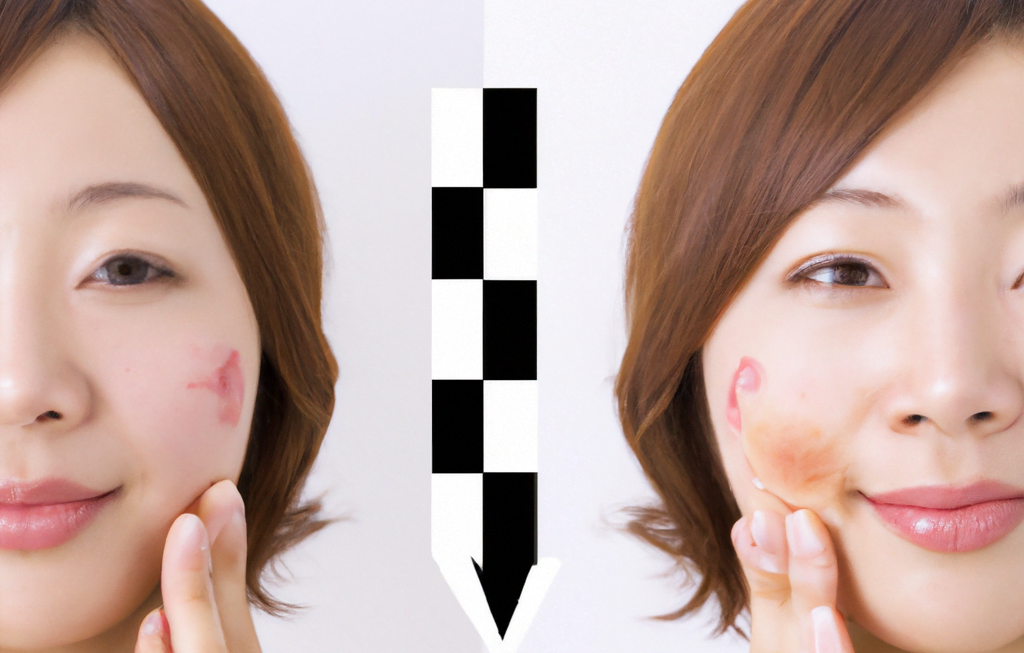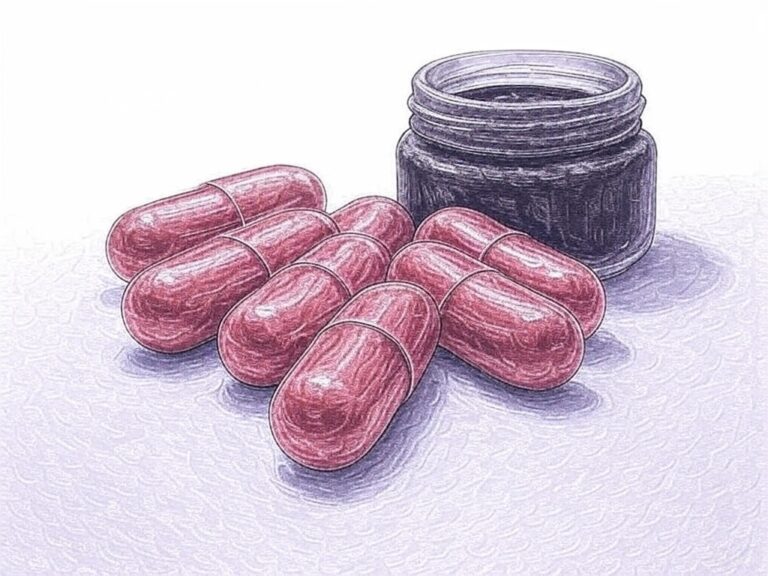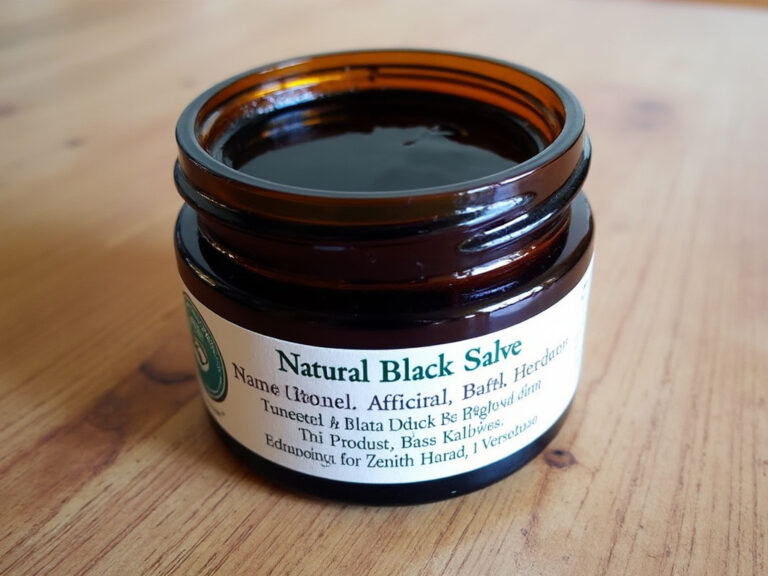
Black salve, also known as drawing salve or ointment, often strikes a chord of intrigue and skepticism in the arena of alternative medicine. In this article, learn about Black Salve Before and After treatments. Known for its distinctive, tar-like appearance and its controversial usage in skin cancer and mole removal, the history, effects, and validity of black salve continue to spur debate to this day. This article will delve into the origins of black salve treatment, discuss what to expect when using it, explore some case studies of post-treatment effects, and provide a comprehensive review of its pros and cons.
Understanding the Origins of Black Salve Treatment
Black salve’s origins trace back to indigenous tribes in North and South America, who used the mixture as a remedy for various skin conditions, including tumors, ulcers, and warts. The primary ingredient in traditional black salve, Bloodroot (Sanguinaria Canadensis), is native to North America and has been utilized for centuries for its medicinal properties.
In the 19th century, black salve entered the realm of orthodox medicine, becoming a widely accepted treatment for skin lesions and cancers. However, with the advent of modern medicine and surgical interventions, the use of black salve declined, only to experience a resurgence in the alternative health community in recent years.
What to Expect: The ‘Before’ of Using Black Salve
Before using black salve, it’s essential to note that it’s not a one-size-fits-all solution and should be used carefully due to its potent nature. It’s recommended to conduct a patch test on a small area of skin before applying it to larger areas or sensitive skin conditions.
Once applied, the salve begins working almost immediately. Over several days, users may experience a range of symptoms including redness, itching, burning, and a pulling sensation. Pain or discomfort is also common, as the salve effectively ‘draws out’ the unwanted skin cells, creating what’s known as an eschar – a hard, dark layer of protective tissue.
Exploring the ‘After’ Effects: Black Salve Case Studies
The ‘after’ effects of black salve can vary significantly from person to person. In some cases, users report successful removal of moles, warts, and even skin cancer, with minimal scarring and rapid healing. However, there have also been reports of severe tissue damage, scarring, and even disfigurement following black salve treatment.
One study published in the Journal of the American Academy of Dermatology reported a case where a woman used black salve to treat a small melanoma on her leg. While the salve did remove the melanoma, it also resulted in a large, open wound that required surgical intervention to heal.
The Pros and Cons: A Comprehensive Review of Black Salve
The pros of black salve mainly lie in its historical usage and anecdotal testimonies. Many users swear by its ability to ‘draw out’ unwanted skin growths, and in some cases, even skin cancer. It’s also seen as a natural, non-invasive alternative to surgery or other medical treatments.
However, the cons of using black salve are significant and worth noting. The lack of clinical evidence supporting its safety and efficacy is a serious concern. Furthermore, the potential for severe skin damage and disfigurement cannot be ignored. Another major concern is the risk of improperly treating skin cancer. If not fully eradicated the cancer can spread deeper into the body, which can be life-threatening.
Conclusion
Black salve continues to be a controversial topic in the field of alternative medicine. While there are testimonies of its efficacy, the risks associated with its use should not be overlooked. Given the potential for severe side effects and the lack of comprehensive scientific research supporting its use, it’s advisable to consult with a healthcare professional before considering black salve treatment.
References
- Black salve and bloodroot extract in dermatologic conditions
- Application of black salve to a thin melanoma that subsequently progressed to metastatic melanoma: a case study
- The dangers of black salve: a case study



